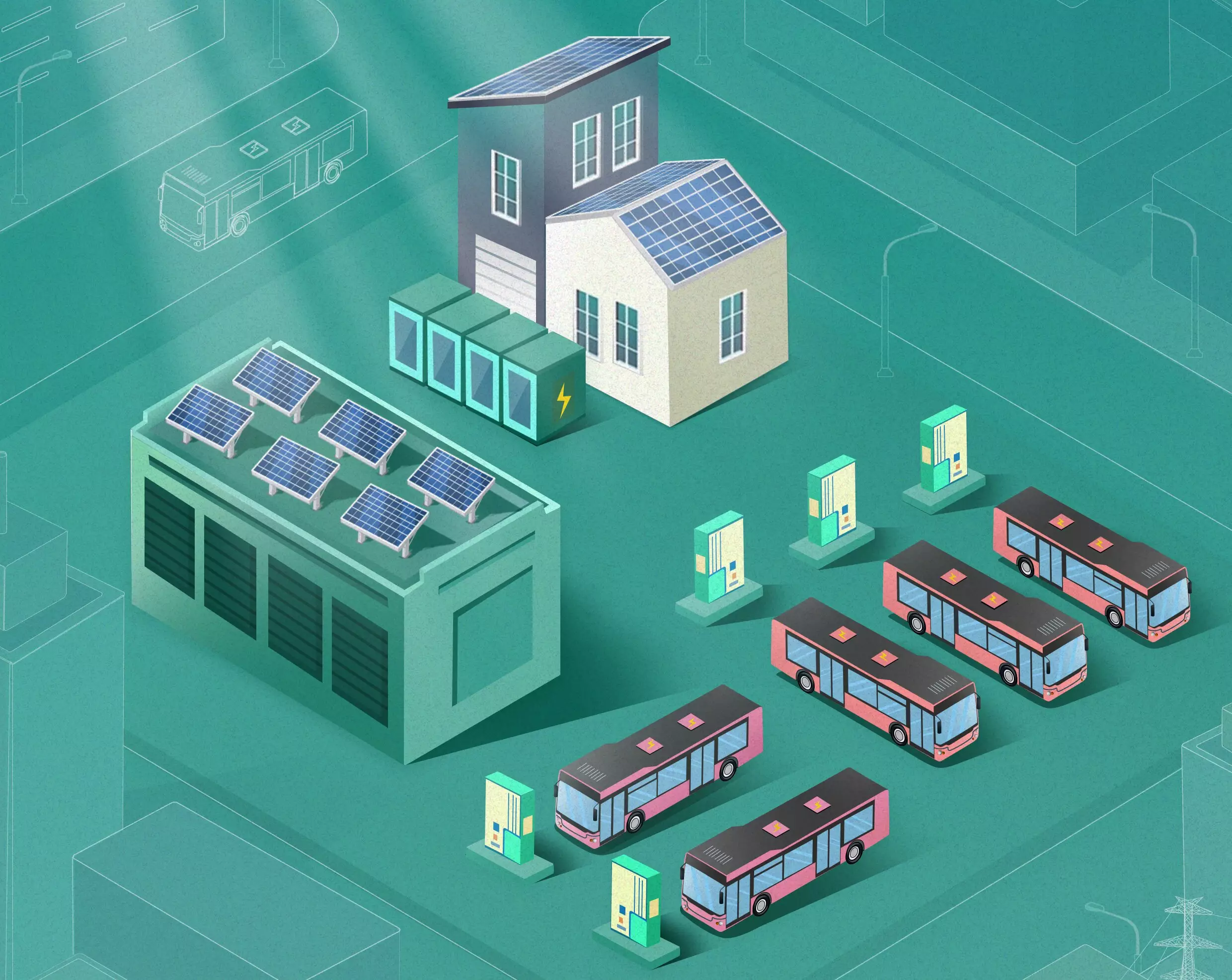As climate change continues to pose a pressing global challenge, the transition to electric transportation is gaining momentum worldwide. Governments and companies are increasingly committing resources to electrify both private and public transport systems. A leading example of this initiative is China, where the introduction of electric buses (EBs) represents a pivotal movement towards sustainable urban transit. However, despite the anticipated benefits of switching from traditional fuel-based buses to EBs, several critical considerations arise regarding the strain this transition may place on established electrical grids. In this context, recent research from Beihang University offers insightful analyses of how energy production and consumption can be seamlessly integrated into urban public transport systems.
Xiaolei Ma, a researcher from Beihang University, emphasizes the rapidly growing trend of electrification as a tool for mitigating climate change. The International Energy Agency reported that electric vehicle sales surged to nearly 14 million in 2023, showcasing a global shift in consumer preference towards electric options. While the uptick in electric car usage is promising, the corresponding rise in charging demands introduces significant challenges for existing energy infrastructures. These challenges encompass increased operational costs, expansion requirements, and the looming threat of electricity grid overloads. Urban areas, which often experience high population density and traffic, must navigate these hurdles carefully to ensure a sustainable electrification strategy.
The success of transitioning to electric public transport hinges not only on the adoption of electric buses but also on the parallel integration of renewable energy sources. Although prior studies have addressed the coupling of solar photovoltaics (PVs) with electric vehicle charging stations, a focused exploration of their implications in urban environments, particularly following EBs’ adoption, has been underexplored. Ma and his team aimed to bridge this gap through their research, which seeks to establish a comprehensive framework combining data-driven and model-driven approaches. This framework aims to facilitate the efficient integration of solar PV and energy storage technologies within urban public transport networks.
In their study, Ma and colleagues specifically explored the implications of electrifying the public transport system in Beijing. By analyzing a plethora of data, including GPS trajectories, vehicle specifications, and depot logistics, the researchers formulated a model to assess the potential impacts of completely replacing conventional fuel buses with electric alternatives in the city’s fleet. Furthermore, weather data and solar irradiance levels were considered to strengthen the reliability of their simulations. The study established a baseline scenario where EBs were assumed to replace all fuel-based buses, enabling the researchers to calculate energy consumption, battery capacity optimization, and charging schedules.
Beginning from 2021, the researchers envisioned a scenario that projects the future conversion of public transport depots into renewable energy hubs over a 25-year period leading up to 2050. Their research revealed that harnessing solar photovoltaic energy could significantly reduce the net charging load on the electricity grid by 23% during electricity generation periods. When integrating energy storage solutions into the framework, this reduction could escalate to 28%, highlighting the dual benefits of energy management and carbon footprint reduction in urban transport systems.
Economic Viability and Future Implications
The research team also investigated the economic aspects of deploying solar PV technologies along with energy storage systems at bus depots. Their findings indicated that while unsubsidized solar PV would yield profits exceeding the investment costs by 64%, introducing battery storage could reduce profitability to around 31%. Nevertheless, the grid benefits realized through energy storage showcased its potential in stabilizing fluctuating demands – an essential quality in maintaining an efficient, operational grid model.
Ultimately, the implications of this research go beyond regional considerations and offer insights to stakeholders worldwide. The framework established by Ma and his colleagues not only forecasts the ecological benefits of electrifying transport networks but also serves as a guideline for policymakers. As cities globally make similar transitions, the insights derived from Beijing’s electrification experience could stimulate new strategies focusing on renewable energy deployments at other key infrastructures. By empowering other sectors—such as public EV charging stations and railway systems—to invest in solar PV and energy storage solutions, substantial strides can be made towards achieving a balanced and sustainable future.
The journey towards a carbon-neutral future necessitates an integrated approach that emphasizes electrification and renewable energy adoption within urban public transport. The research conducted by Ma and his team illuminates a path forward, demonstrating that the successful electrification of public transit in metropolitan areas like Beijing is not just feasible but critical. With continued innovation and strategic policymaking, cities can lead the way in contributing to the global fight against climate change, ensuring cleaner air and healthier environments for generations to come.


Leave a Reply